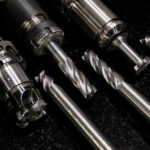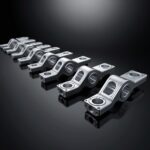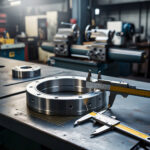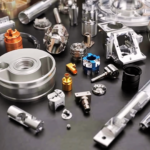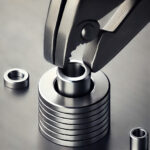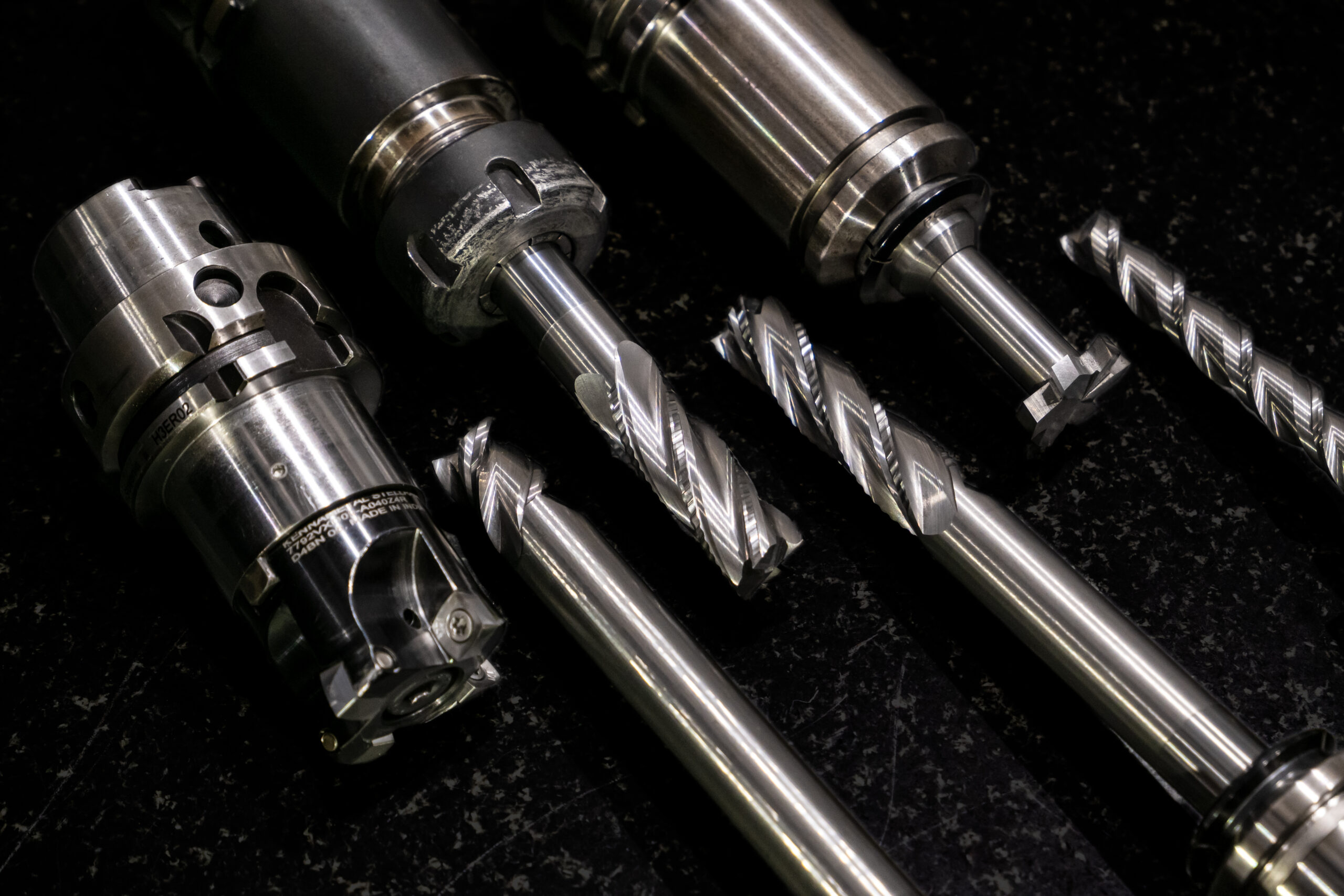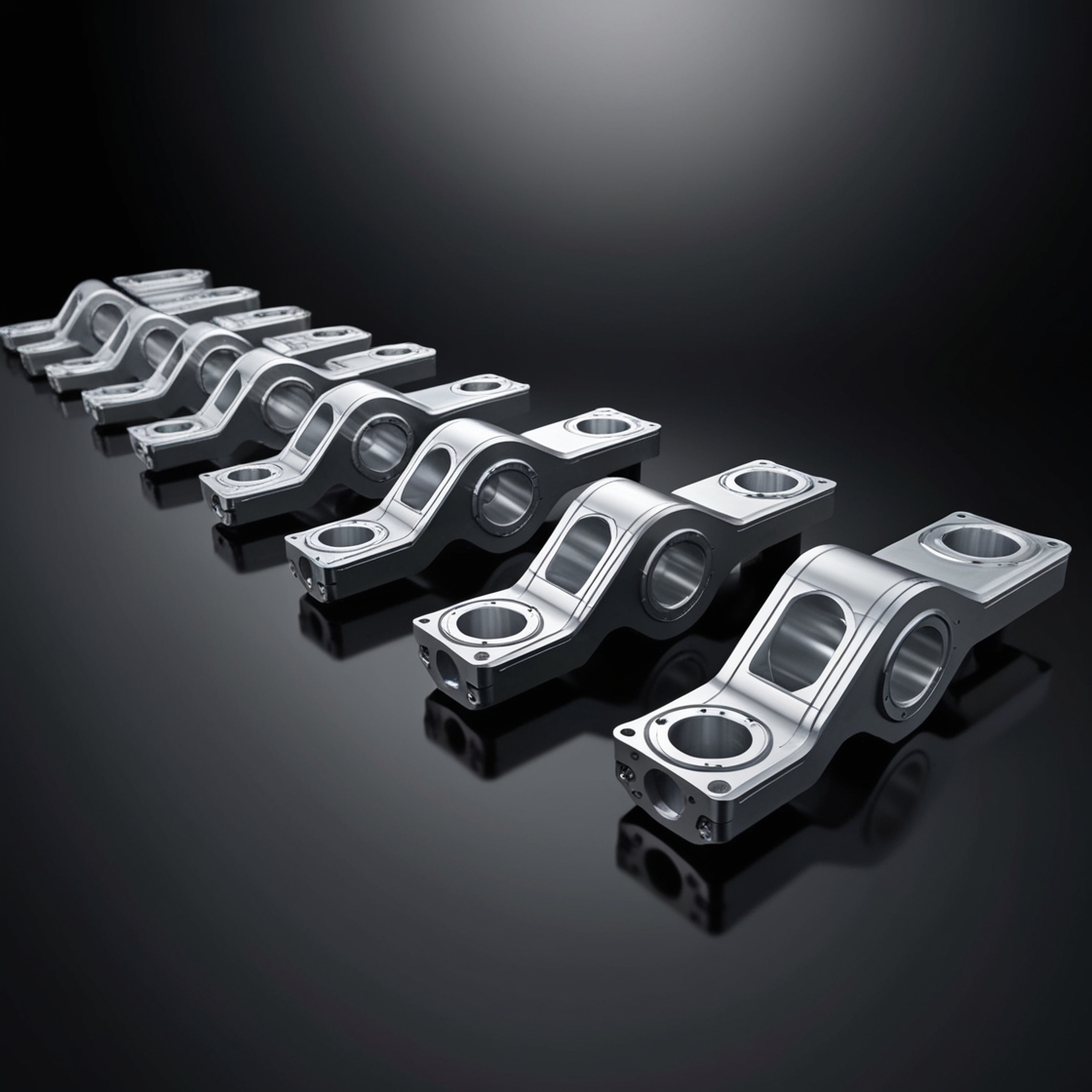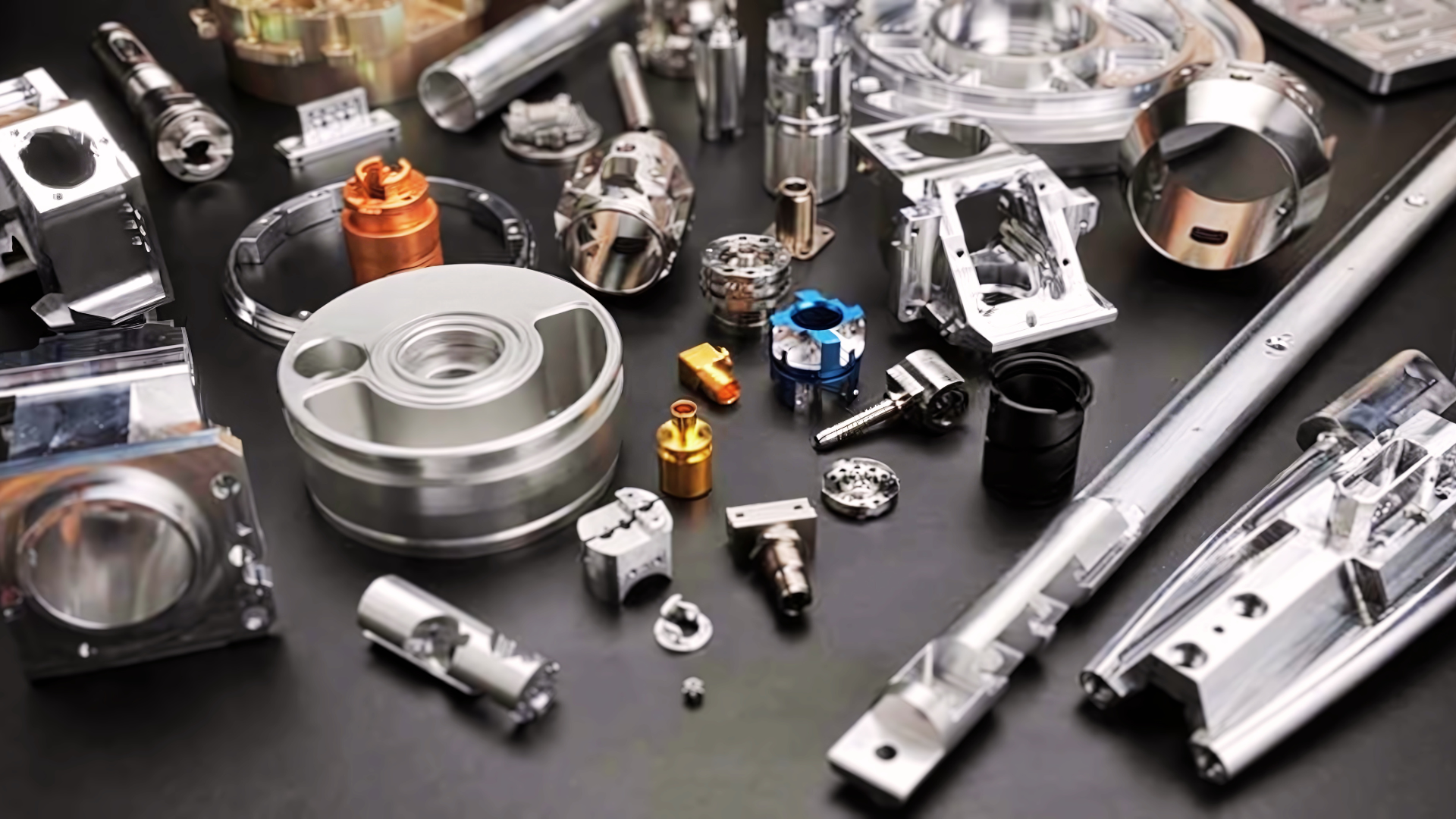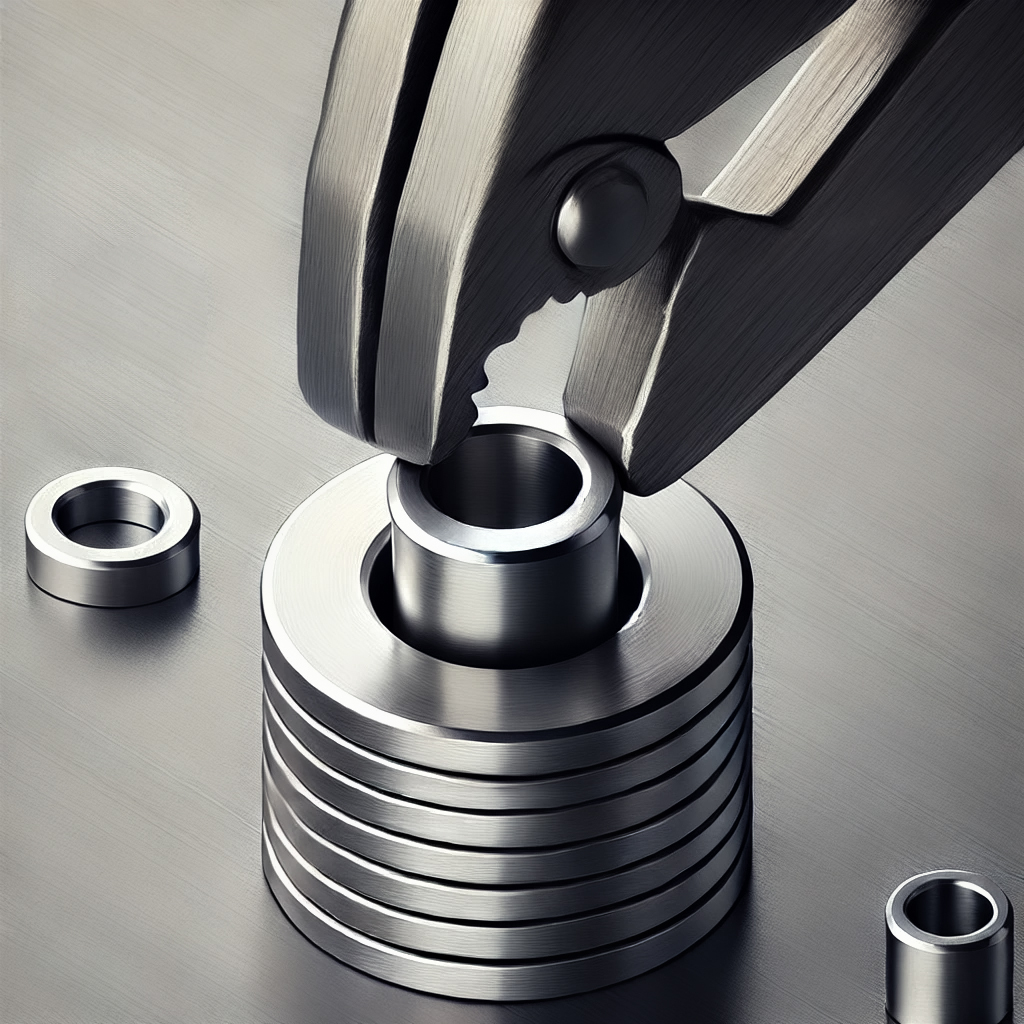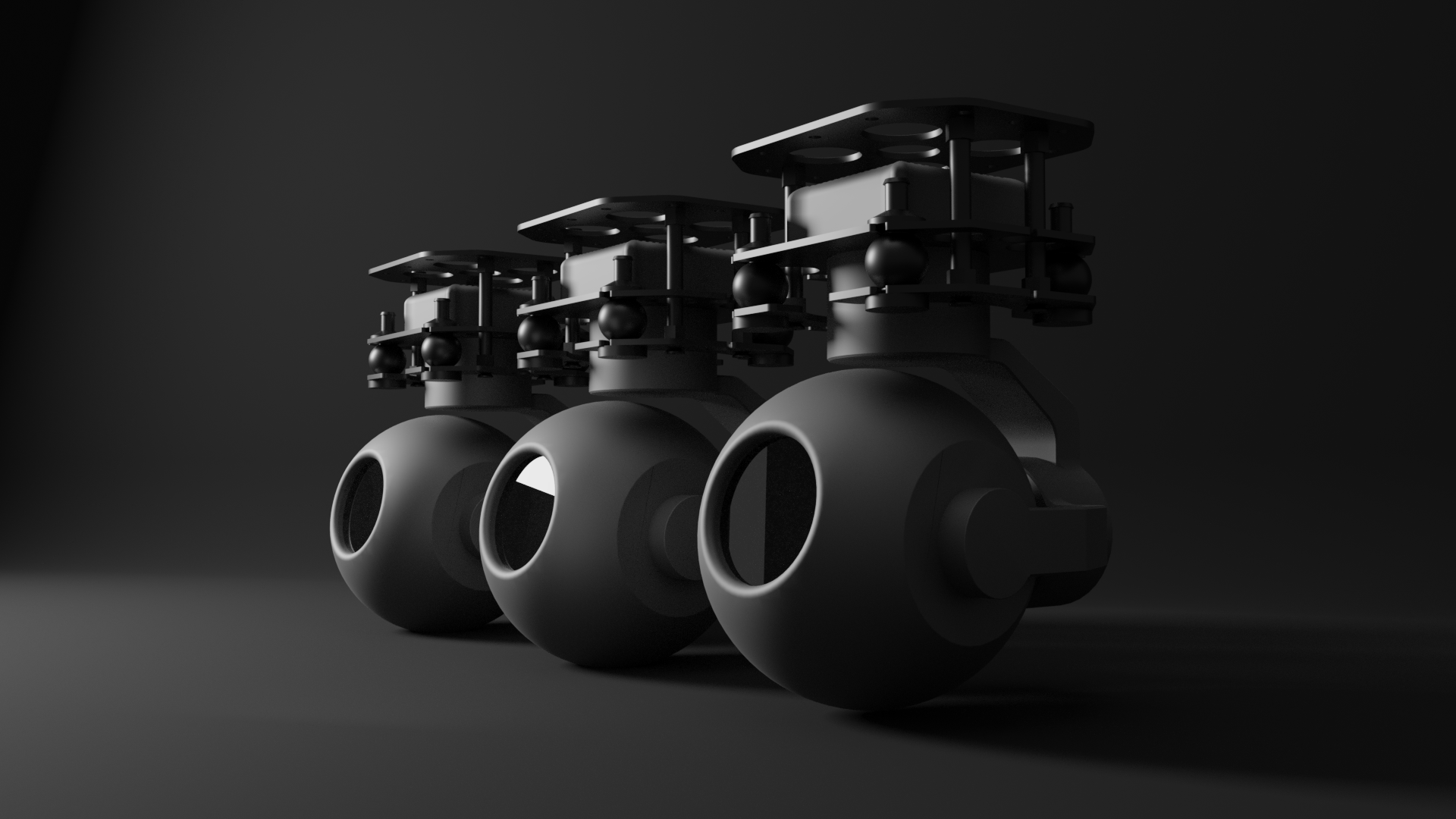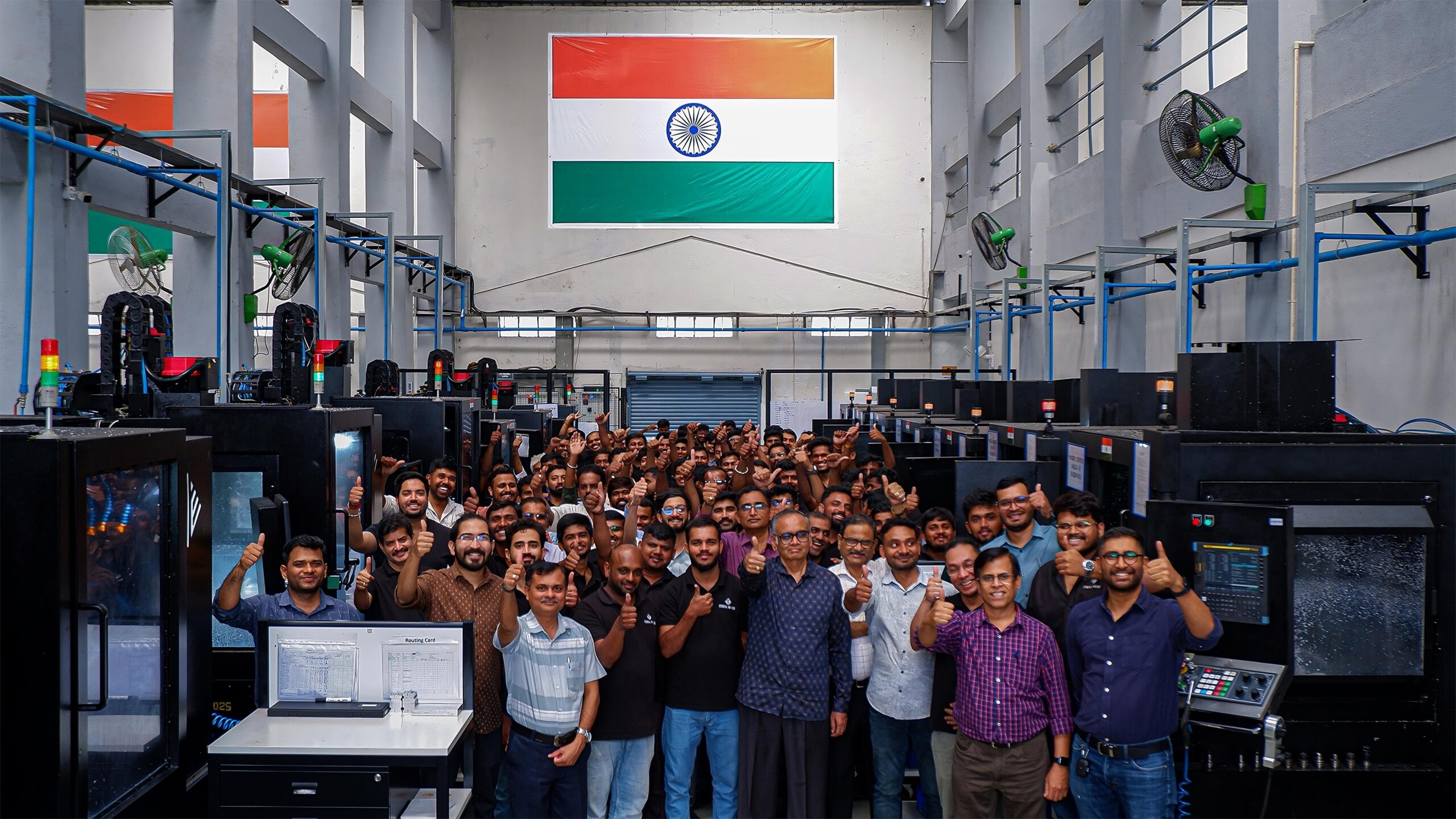Guide to Surface Finishes in CNC Machining
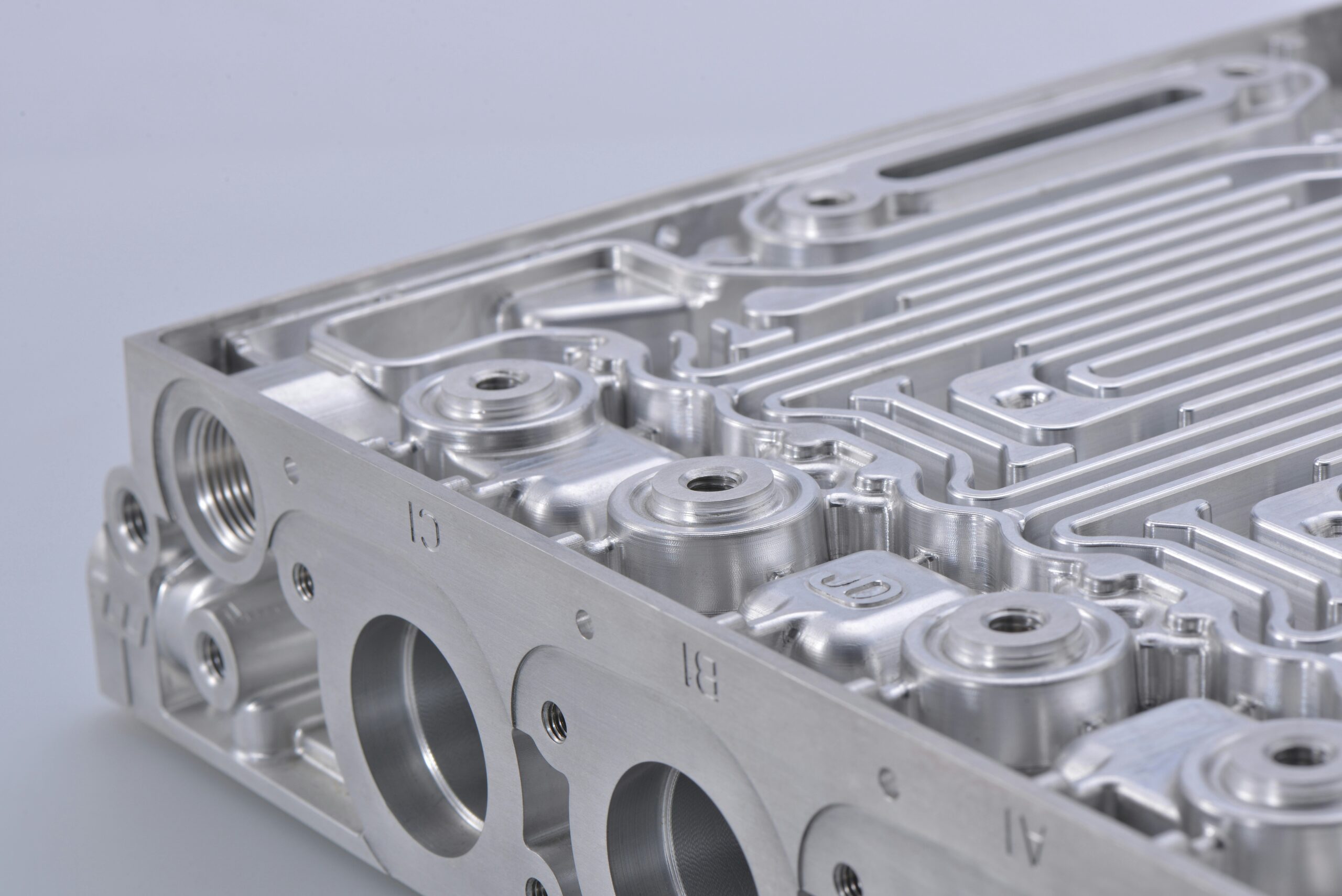
In CNC machining, surface finishes go beyond aesthetics—they’re about precision, performance, and purpose. Whether it’s a medical device, an aerospace component, or an electronic enclosure, the finish of a part plays a crucial role in how it functions, endures, and looks.
Surface finishes determine more than just the texture of a part; they influence wear resistance, corrosion protection, and even how seamlessly components fit together. Choosing the right finish is like tailoring a suit—it ensures the part not only meets but exceeds performance expectations.
What Are Surface Finishes in CNC Machining?
A surface finish is typically achieved through a combination of machining and post-processing techniques. The result can range from a rough, functional texture to an ultra-smooth, coated surface designed to resist corrosion or wear. Each finish serves a purpose, whether it’s ensuring a tight seal between components, improving durability in harsh environments, or achieving a visually appealing product.
Surface finishes in CNC machining are defined by three primary characteristics—roughness, waviness, and lay. These elements collectively determine the overall texture and functionality of a machined surface.

1. Roughness
Roughness refers to the fine, closely spaced irregularities on the surface caused by the machining process. These microscopic peaks and valleys affect how a part interacts with its environment.
- Why it matters: A smoother surface (low roughness) reduces friction and wear, making it essential for applications like sliding components or sealing surfaces.
- Example: A low roughness value is critical for aerospace parts, where even slight imperfections can impact aerodynamic performance.
2. Waviness
Waviness describes the broader, more widely spaced deviations from the surface’s ideal form. This can result from machine vibrations, tool deflection, or thermal distortion during machining.
- Why it matters: Excessive waviness can affect how parts fit together, especially in assemblies requiring tight tolerances.
- Example: A piston-cylinder interface needs minimal waviness to maintain pressure and avoid leaks.
3. Lay
Lay refers to the dominant direction of surface texture patterns. This is dictated by the machining process, such as milling, turning, or grinding.
- Why it matters: The orientation of lay patterns can influence both the part’s appearance and its functionality.
- Example: In applications where wear resistance is critical, the lay direction may be aligned to minimize friction in specific directions.
By carefully controlling these characteristics, manufacturers can optimize the performance, durability, and aesthetic quality of CNC machined parts.
Surface Finish vs. Surface Finishing
Though the terms “surface finish” and “surface finishing” are often used interchangeably, they describe distinct aspects of the manufacturing process. Understanding the difference is essential to select the right techniques for your project.
- Surface Finish: This refers to the final texture or smoothness of a machined part. It’s the result of machining processes and includes characteristics like roughness, waviness, and lay. In simple terms, surface finish describes the state of the surface.
- Surface Finishing: This refers to the processes applied to achieve a specific surface finish. These may include mechanical methods like polishing or grinding, chemical treatments like anodizing or passivation, and electrochemical processes like electroplating. Surface finishing is the journey that transforms a raw machined surface into one that meets specific functional or aesthetic requirements.
For example:
- A raw aluminum part with visible tool marks has an “as-machined” surface finish.
- To enhance its durability and appearance, anodizing may be applied—this is the surface finishing process.
Types of Surface Finishes
1. As Machined

The “as machined” finish is the default result of the CNC machining process, with visible tool marks.
Functional parts where aesthetics are not critical.
Advantages:
- Cost-effective, no additional processing needed.
- Time-efficient, ideal for quick production.
Limitations:
- Surface may be rougher and unsuitable for high-precision or aesthetic applications.
2. Bead Blasting
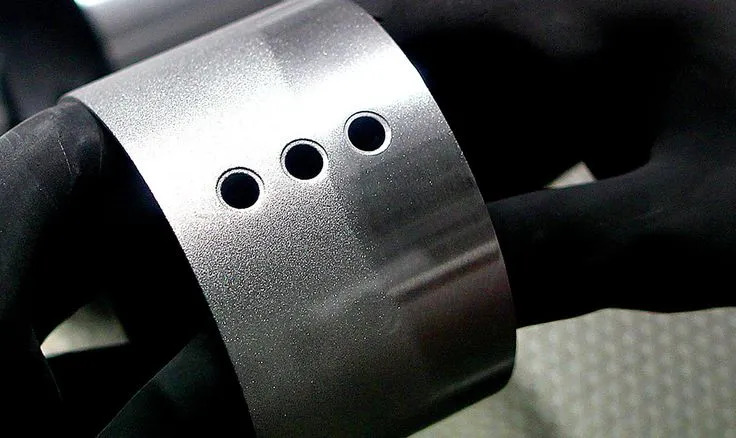
Involves propelling fine beads at high speed to create a smooth, matte surface.
Aesthetic parts and those requiring a uniform texture.
Advantages:
- Removes machining marks for a polished look.
- Prepares surfaces for subsequent coatings.
Limitations:
- May slightly alter part dimensions.
- Less suitable for parts needing a reflective or shiny finish.
3. Anodizing
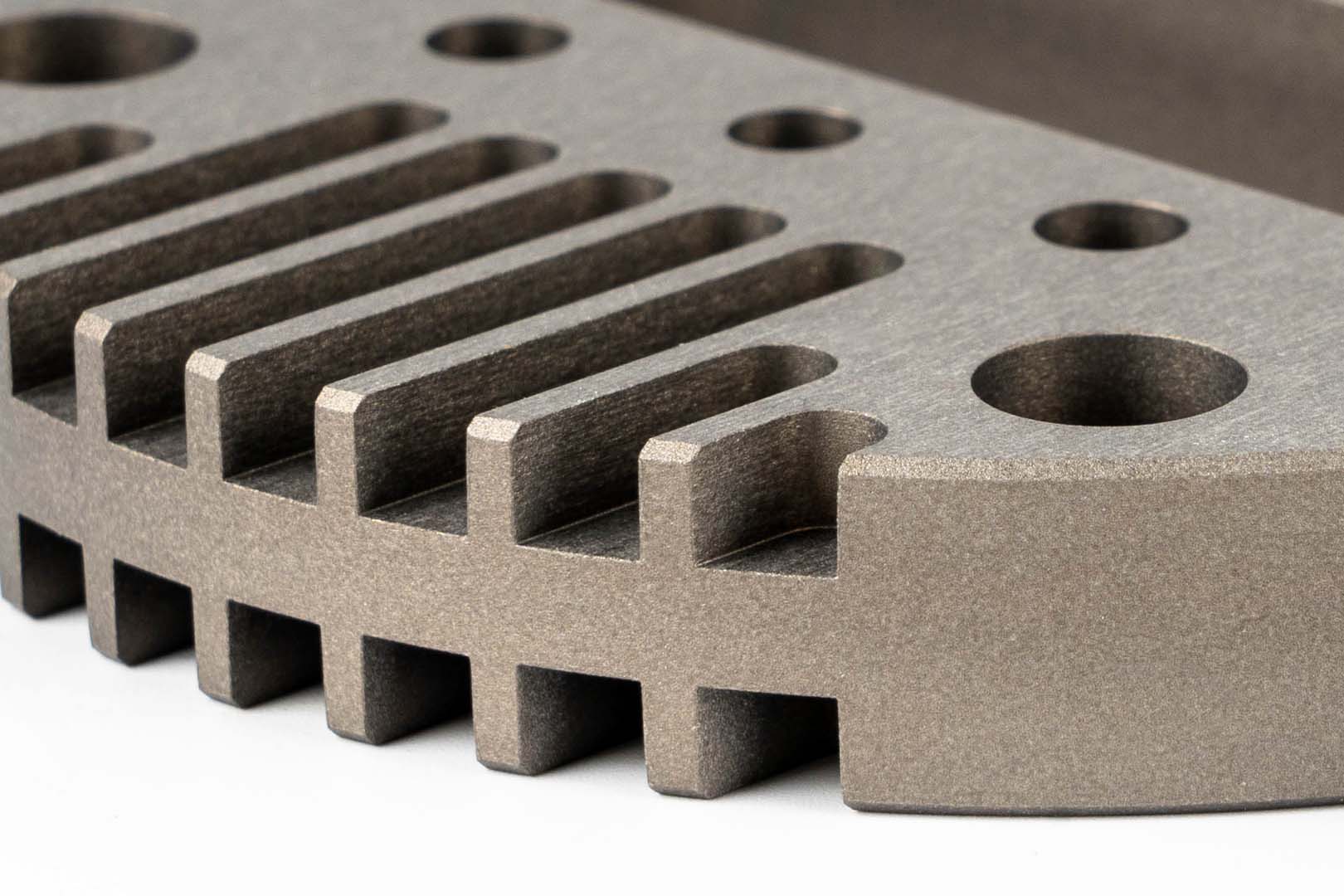
An electrochemical process for aluminum and titanium that creates a durable, corrosion-resistant oxide layer.
Aerospace, electronics, and decorative applications.
Advantages:
- Enhances corrosion and wear resistance.
- Available in a variety of colors for aesthetic flexibility.
Limitations:
- Limited to specific metals.
- Adds thickness to the part, requiring design adjustments.
4. Electroplating
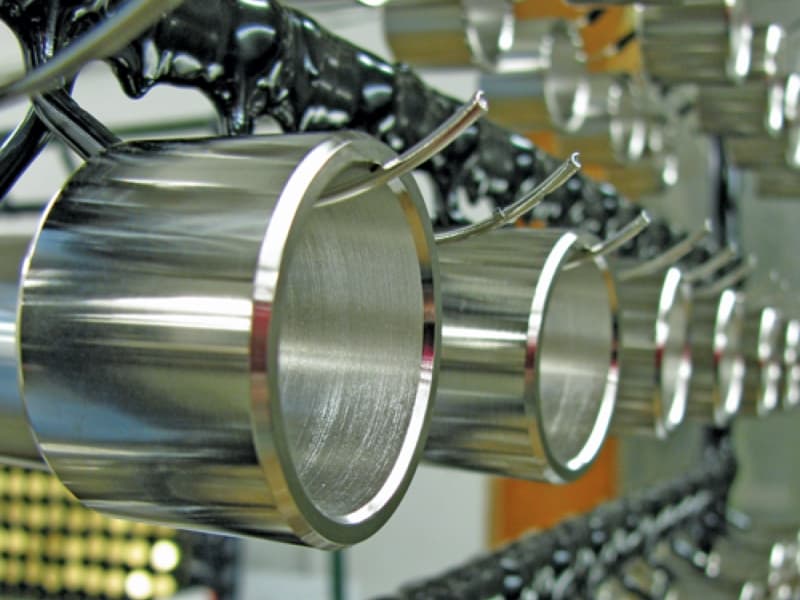
Deposits a thin layer of metal, like nickel or chromium, on the part’s surface for durability and aesthetics.
Parts requiring improved surface hardness or conductivity.
Advantages:
- Durable, corrosion-resistant coating.
- Can enhance electrical conductivity (e.g., gold plating for electronics).
Limitations:
- Requires careful control to ensure uniform coverage.
- Adds material thickness, potentially affecting tolerances.
5. Passivation
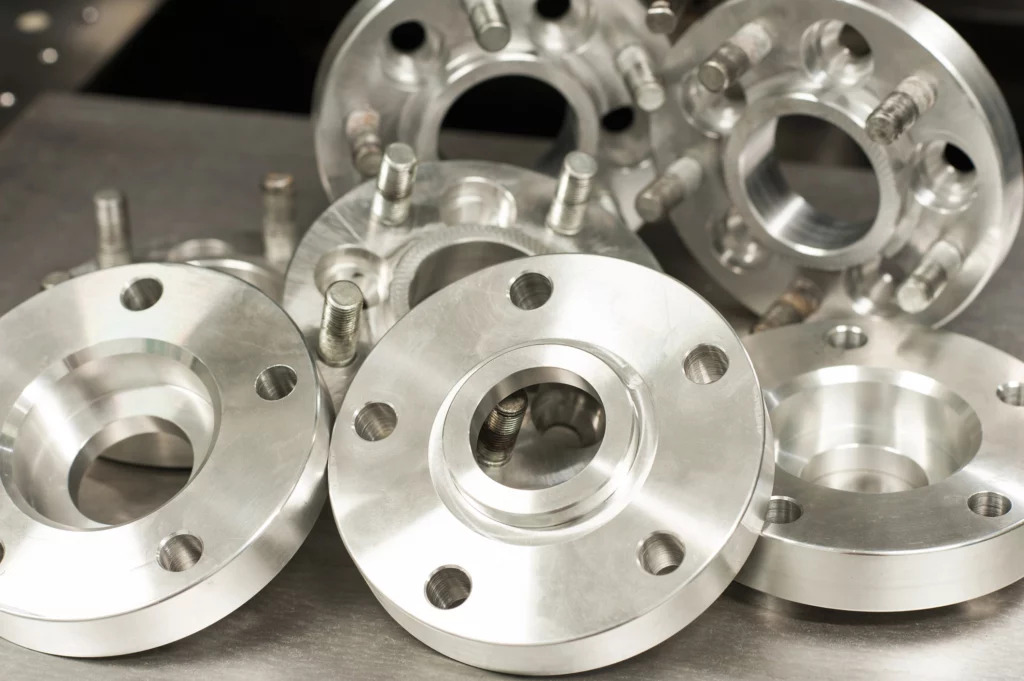
A chemical treatment used to enhance the corrosion resistance of stainless steel by removing free iron from the surface.
Medical, food-grade, and critical applications.
Advantages:
- Improves corrosion resistance without altering dimensions.
- Ideal for maintaining cleanliness and durability.
Limitations:
- No visual enhancement.
- Limited to specific alloys like stainless steel.
6. Black Oxide
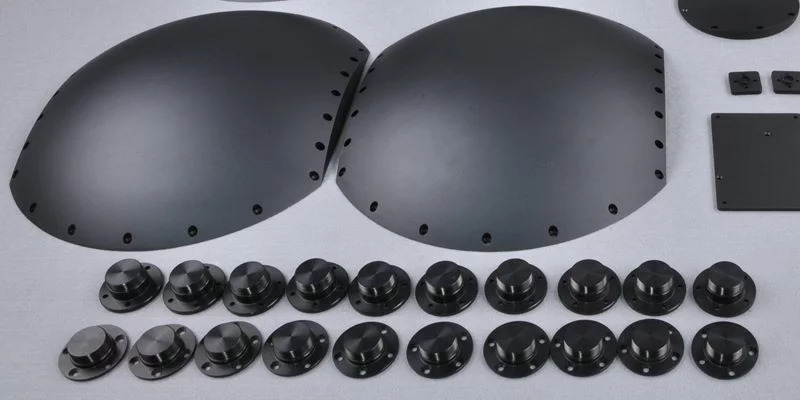
A chemical conversion coating for ferrous materials that provides moderate corrosion resistance and a uniform black finish.
Tools, firearms, and aesthetic components.
Advantages:
- Uniform appearance without significant dimensional changes.
- Effective for intricate geometries.
Limitations:
- Less corrosion resistance compared to other coatings.
- Often requires additional oil or wax for enhanced protection.
Factors to Consider When Choosing a Surface Finish
1. Material Compatibility
Not all finishes are suitable for every material. For example:
- Anodizing works best with aluminum and titanium.
- Passivation is ideal for stainless steel.
- Black oxide is limited to ferrous metals. Ensuring compatibility between the material and the finish is essential to prevent defects or performance issues.
2. Application Requirements
The intended use of the part dictates the type of surface finish needed:
- Durability: For parts exposed to harsh environments, finishes like anodizing or electroplating enhance wear and corrosion resistance.
- Precision: Applications requiring tight tolerances may benefit from finishes like passivation, which do not alter dimensions.
- Aesthetics: Bead blasting or combination finishes can achieve a visually appealing look for consumer-facing products.
3. Cost and Production Efficiency
Surface finishes can add significant costs and production time. Consider:
- Cost-Effective Options: “As machined” surfaces are suitable for functional parts with no aesthetic requirements.
- High-Performance Finishes: While finishes like anodizing or electroplating are more expensive, they provide superior protection and functionality.
4. Functional and Aesthetic Goals
Balancing functionality with appearance is crucial:
- Functional Goals: Finishes like passivation and black oxide improve resistance to wear and corrosion.
- Aesthetic Goals: For customer-facing parts, polished or bead-blasted finishes enhance visual appeal.
5. Regulatory or Industry Standards
Conclusion
Surface finishes in CNC machining are vital to both design and performance, enhancing durability, functionality, and aesthetics. Selecting the right finish involves balancing material compatibility, application needs, and cost-efficiency. From “as machined” simplicity to anodizing’s advanced protection, understanding the options ensures optimal results. The right surface finish isn’t just a detail—it’s a cornerstone of high-quality manufacturing.
On-demand CNC Machining Services by Ethereal Machines offers the perfect solution for your CNC machining needs. With secure and confidential processes, you can get an instant quote and access expert advice from their technical team. Whether you need custom CNC machined parts or have a specific project in mind, Ethereal Machines is committed to helping you every step of the way. Try MAAS now and achieve your goals with ease.
Views: 27


